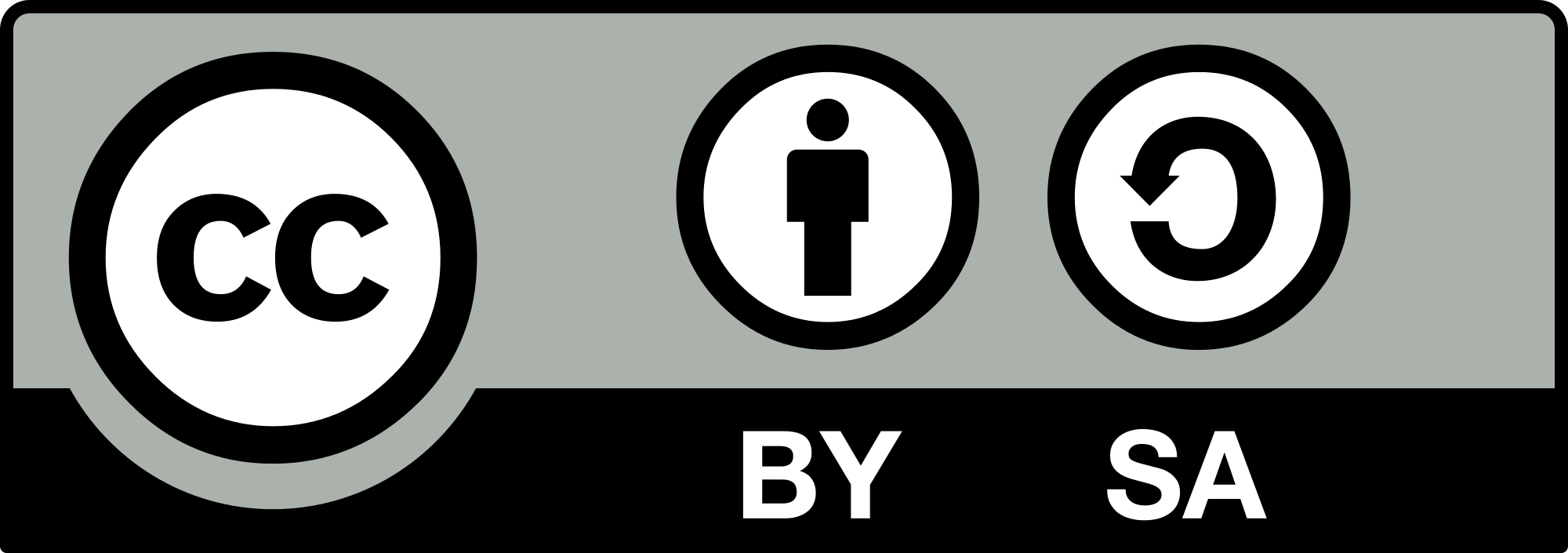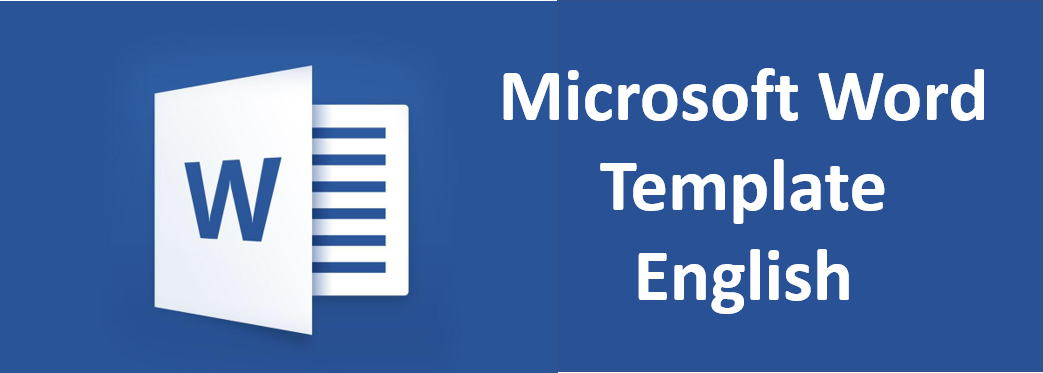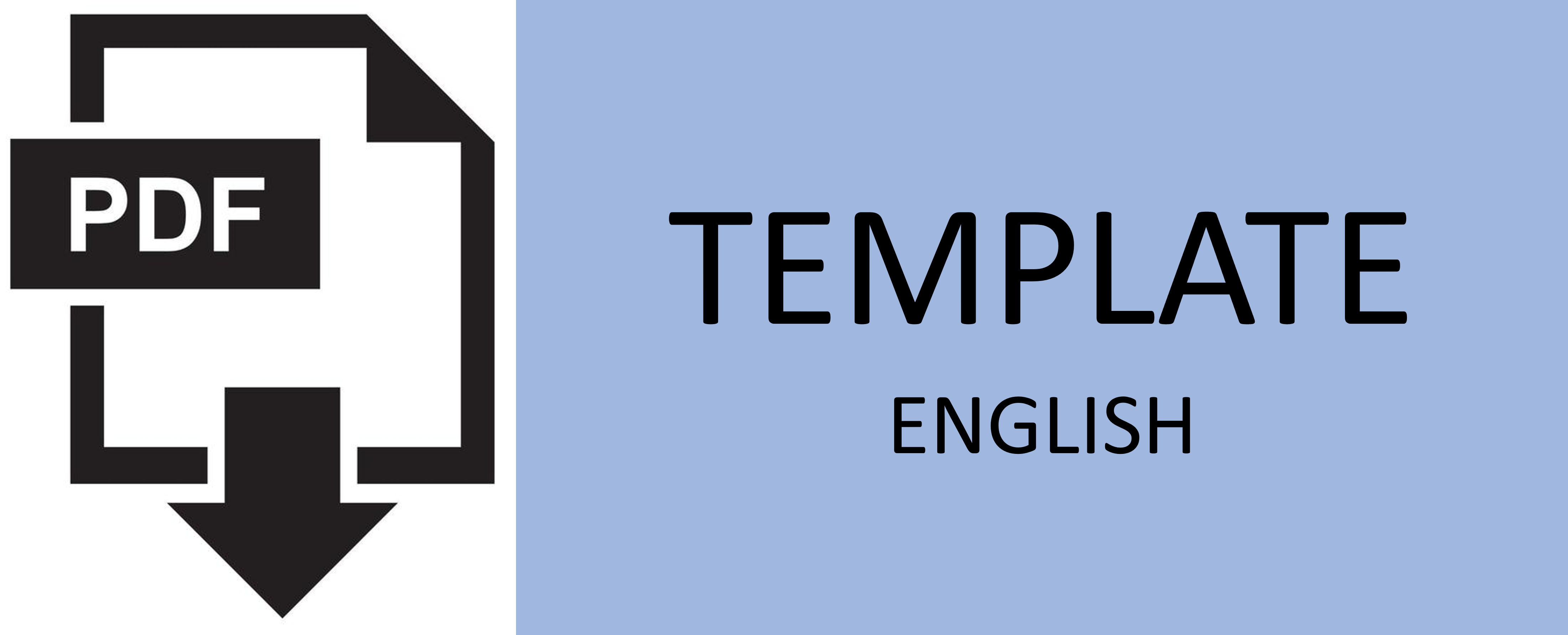Finite Element Modeling of Cold-Formed Steel Bolted Moment Connection
Abstract
Keywords
Full Text:
PDFReferences
G. J. Hancock, “Light gauge construction,” 1997.
W.-W. Yu, V. A. S. Liu, and W. M. McKinney, “Structural Behavior of Thick Cold-Formed Steel Members,” Journal of the Structural Division, vol. 100, no. 11, pp. 2191–2204, Nov. 1974, doi: 10.1061/JSDEAG.0003927.
M. M. Billah, R. Islam, and A. Bin, “Cold formed steel structure: An overview,” 2019, [Online]. Available: www.worldscientificnews.com
O. Tunca, F. Erdal, A. E. Sağsöz, and S. Çarbaş, “Structural features of cold-formed steel profiles,” Challenge Journal of Structural Mechanics, vol. 4, no. 2, p. 77, Jun. 2018, DOI: 10.20528/cjsmec.2018.02.005.
A. Bagheri Sabbagh, M. Petkovski, K. Pilakoutas, and R. Mirghaderi, “Experimental work on cold-formed steel elements for earthquake resilient moment frame buildings,” Engineering Structures, vol. 42, pp. 371–386, Sep. 2012, DOI: 10.1016/j.engstruct.2012.04.025.
J. Ye, S. M. Mojtabaei, and I. Hajirasouliha, “Seismic performance of cold-formed steel bolted moment connections with bolting friction-slip mechanism,” Journal of Constructional Steel Research, vol. 156, pp. 122–136, May 2019, doi: 10.1016/j.jcsr.2019.01.013.
A. Bagheri Sabbagh, M. Petkovski, K. Pilakoutas, and R. Mirghaderi, “Development of cold-formed steel elements for earthquake resistant moment frame buildings,” Thin-Walled Structures, vol. 53, pp. 99–108, Apr. 2012, DOI: 10.1016/j.tws.2012.01.004.
“Seismic Provisions for Structural Steel Buildings Supersedes the Seismic Provisions for Structural Steel Buildings dated,” 2005.
M. R. Haidarali and D. A. Nethercot, “Finite element modelling of cold-formed steel beams under local buckling or combined local/distortional buckling,” Thin-Walled Structures, vol. 49, no. 12, pp. 1554–1562, Dec. 2011, DOI: 10.1016/j.tws.2011.08.003.
P. Foster, G. Abdelal, J. B. P. Lim, M. Hajsadeghi, and D. McCrum, “Finite element modelling of cyclic behaviour of cold-formed steel bolted moment-resisting connections,” Journal of Construction in Developing Countries, vol. 21, no. 1, pp. 167–180, 2016, DOI: 10.21315/jcdc2016.21.1.9.
A. Bagheri Sabbagh, M. Petkovski, K. Pilakoutas, and R. Mirghaderi, “Cyclic behaviour of bolted cold-formed steel moment connections: FE modelling including slip,” Journal of Constructional Steel Research, vol. 80, pp. 100–108, Jan. 2013, DOI: 10.1016/j.jcsr.2012.09.010.
J. Ye, S. M. Mojtabaei, and I. Hajirasouliha, “Seismic performance of cold-formed steel bolted moment connections with bolting friction-slip mechanism,” Journal of Constructional Steel Research, vol. 156, pp. 122–136, May 2019, doi: 10.1016/j.jcsr.2019.01.013.
R. Tartaglia, M. D’Aniello, G. A. Rassati, J. A. Swanson, and R. Landolfo, “Full strength extended stiffened end-plate joints: AISC vs recent European design criteria,” Engineering Structures, vol. 159, pp. 155–171, Mar. 2018, doi: 10.1016/j.engstruct.2017.12.053.
M. D’Aniello, R. Tartaglia, S. Costanzo, and R. Landolfo, “Seismic design of extended stiffened end-plate joints in the framework of Eurocodes,” Journal of Constructional Steel Research, vol. 128, pp. 512–527, Jan. 2017, doi: 10.1016/j.jcsr.2016.09.017.
B. W. Schafer and T. Peköz, “Computational modeling of cold-formed steel: characterizing geometric imperfections and residual stresses,” 1998.
DOI: http://dx.doi.org/10.12962%2Fj20861206.v37i2.12798
Refbacks
- There are currently no refbacks.

Journal of Civil Engineering is licensed under a Creative Commons Attribution-ShareAlike 4.0 International License.







.jpg)